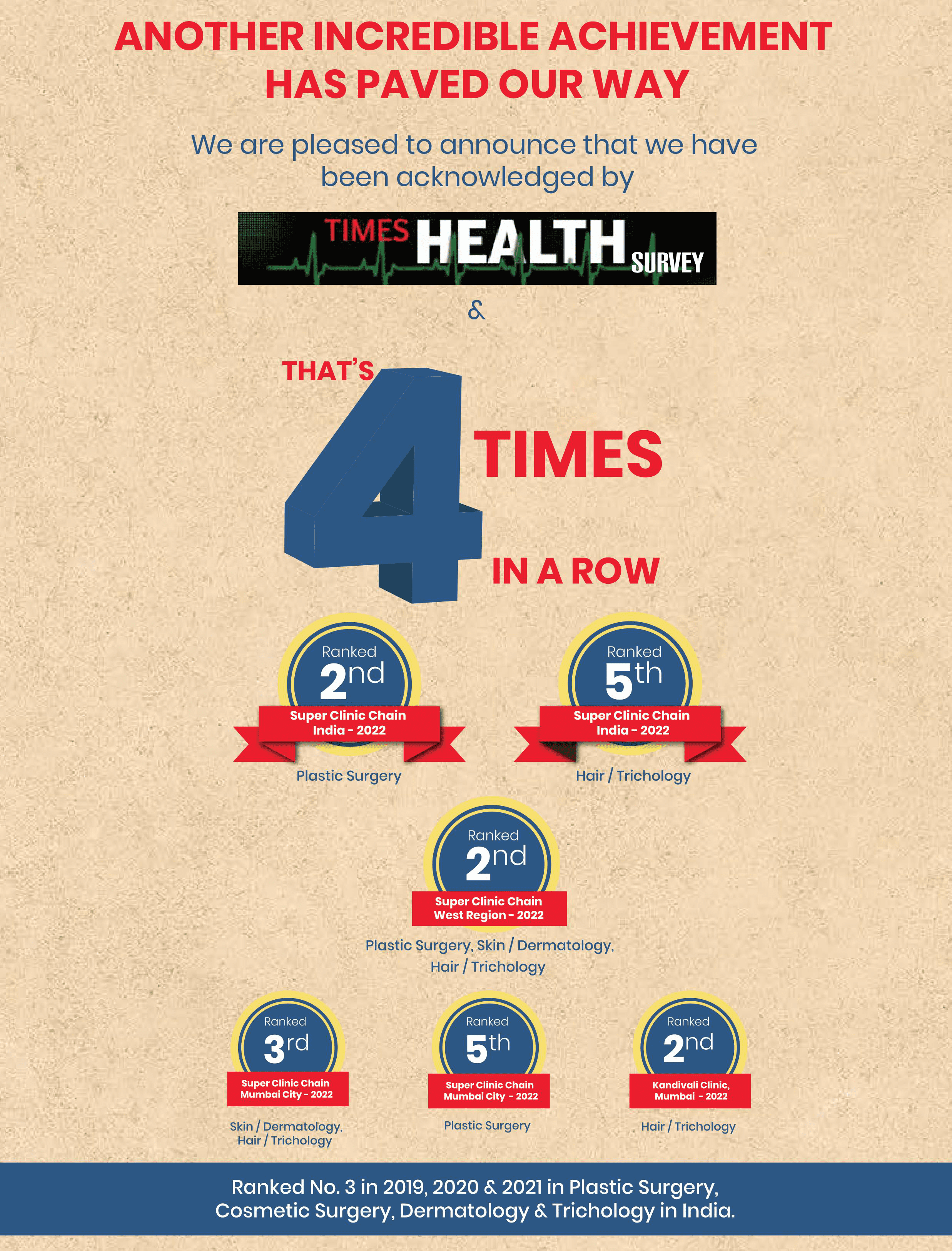Head & Neck cancers are generally the types of malignant tumours that start from the squamous cells of the inner lining of specific organs and cavities around the head and neck – it is for this reason they are sometimes called squamous cell carcinoma of the head and neck. These cancers can affect the throat, larynx, oral cavity, salivary gland, paranasal sinuses, and nasal cavity. Head and neck cancers can develop as a result of the use of tobacco, alcohol, and human papillomavirus infection. Again, predisposing factors such as radiation, certain underlying genetic defects, and occupational exposure [to formaldehyde, wood dust, asbestos, nickel dust, etc.) have all been documented as predisposing factors in the emergence of head and neck cancers. Besides, head and neck cancers are more prevalent among men than women, and the probability of developing them seems to increase with age. The cancers are usually characterized by the appearance of lump in the neck, ear pain, unexplained weight loss, nonhealing sore in the mouth or throat, pain/discomfort, and other signs that may be specific to the affected area. Head and neck cancers are usually managed using treatment protocols such as targeted therapy, radiation therapy, immunotherapy, chemotherapy, and surgeries. The conditions can be diagnosed using biopsy, endoscopy, computed tomography (CT) scan, magnetic resonance imaging (MRI), laryngoscopy, and so on.
Head and neck cancers are normally classified based on the size and/or spread of the tumour; as such, we have:
Stage 0 – At this point, the tumour grows only in the area of the head and neck that it originated from.
Stage I – Here, the tumour measures 2cm across, and no cancer cell is found in nearby structures or lymph nodes.
Stage II – In this case, the tumour is between 2 – 4cm across, but there are still no cancer cells in nearby structures or lymph nodes.
Stage III – At this stage, the tumour measures 4cm across and there are no cancer cells localized in surrounding structures or lymph nodes. In another instance, Stage III head and neck cancer may manifest in such a way that the tumour can be of any size, with cancer cells not spreading into surrounding structures or tumour is less than 3cm, with cancer cells proliferating into one lymph node on the affected side of the head or neck.
Stage IV – This entails the advanced stages of head and neck cancer, and it is subdivided into three: i.) Stage IVA wherein the tumour, being of any size, grows into surrounding structures; or the tumour is less than 3cm across, with the cancer cells proliferating into one lymph node on the same part of the head and neck that the tumour was initially localized. Secondly, Stage IVA can also manifest as a tumour of any size that may have spread into surrounding structures, with cancer cells present in one lymph node on the same side as the tumour which measures 3 – 6cm across, or with cancer cells found in one lymph node that is on the side opposite to where the tumour (measuring less than 6cm across) was first localized, or with cancer cells present in two or more lymph nodes on any side of the head or neck. ii.) Stage IVB – Here, the tumour has spread into deeper areas or tissues without necessarily spreading in(to) any lymph node and distant sites, or tumour is of any size, not necessarily growing into surrounding structures but has proliferated into one or more lymph node(s), and it is larger than 6cm across. iii.) Stage IVC – At this stage, the cancer cells have proliferated into distant sites, or the tumour is of any size and may have proliferated into the lymph nodes.
Basal cell carcinoma refers to a cancerous growth on the skin that has been excessively exposed to the sun – ultraviolet radiation has been vastly indicated in the development of basal cell carcinoma. Basal cells, by the way, are a cell type present at the outermost layer of the skin, and they are responsible for producing new skin cells. Exploring the situation further; the radiation from sunlight, especially in the event of long-term exposure, normally trigger DNA mutation in the basal cell – tanning beds and tanning lamps are other elements that can also cause this type of effect. That said, family history, fair/light skin, increasing age, radiation therapy, chemical toxicity, and immunosuppressants are notable risk factors for this carcinoma. Some of the symptoms that usually accompany basal cell carcinoma include scarred lesion with white waxy appearance, a flat and scaly red patch, and the presence of a pearly bump that is vaguely transparent. Basal cell carcinoma can be treated using topical medications (like 5-fluorouracil, tazarotene), oral drugs (like vismodegib, sonidegib), photodynamic therapy, and surgical procedures like Mohs surgery, surgical excision, and cryosurgery.
Squamous cell carcinoma is a form of skin cancer that starts from the thin, flat cells of the outermost layer of the skin (the squamous cells). Squamous cells line the skin, and are the closest cell type to the epidermis – squamous cells can also be found in the urinary tract, lungs and mucous membrane hence the carcinoma may also develop there. Squamous cell carcinoma is the second most predominant skin cancer type. It is caused by DNA mutation that leads to the abnormal multiplication of the cells. Squamous cell carcinoma normally develops on the head, face, ears, neck, lips, upper back, and hands that are frequently exposed to the sun. The signs and symptoms of this disorder include warty, dome-shaped bump, crusted sore, nonhealing open sore, and red patch with a scaly appearance. Squamous cell carcinoma may be treated through surgical and/or non-surgical regimen(s).
Malignant melanoma describes a condition whereby melanin-producing cells grow at an abnormal rate; it is a form of skin cancer – and one with far-reaching consequences to be more specific. This condition may be triggered by excessive and/or long-term exposure of the skin to ultraviolet radiation. Hidden melanoma may also be found under the nail, as well as in the mouth, digestive tract, and urinary tract. Other factors that increase the probability of developing this condition include a weakened immune system, a history of sunburn, fair, living in proximity to the equator, family history, etc. Malignant melanoma is characterized by the emergence of an unusual/new pigmented growth on the skin and a change in the colour, and symmetry of an existing mole even to the extent of ulceration. The management/treatment of this melanoma can be achieved through immunotherapy, chemotherapy, and surgical procedures [like stereotactic radiosurgery, lymphadenectomy, etc.].
Salivary gland tumour abnormally grows in the salivary gland/duct, and it can either be cancerous (malignant) or noncancerous (benign) – it is, however, possible for a benign tumour to become malignant if not treated. The cause of salivary gland tumour development has not been ascertained, but factors such as smoking, radiation, and exposure to certain substances have been reported to increase the risk of developing these tumours. Some of the symptoms that may arise with the development of salivary gland tumours are facial nerve palsy, swelling, difficulty in swallowing, discharge from the ear, and the emergence of lump. The treatment of this condition can be through chemotherapy, radiation, and/or surgery.
Maxillary gland tumours are reported in less than 1% of all malignancies – a statistic that shows their rarity. They are usually classified based on the part [of the head and neck] that is affected; this means there can be auditory, facial, ocular, oral, and nasal tumours. At the onset, maxillary gland tumours are usually asymptomatic and are mostly discovered only when they are in an advanced stage. The management of these tumours is yet difficult due to the proximity of the nasal cavity and paranasal sinuses to the brain, carotid artery, orbit, and skull base – in essence, the treatment of the condition must be undertaken by a team of medical/surgical experts, including ENT surgeons, oculoplastic surgeons, surgical oncologists, radiotherapists, etc. Common symptoms of the presence of maxillary sinus tumours include blockage in the sinuses, runny nose, chronic headache, facial numbness, bleeding nose, double vision.
Head and neck cancers should not be left to keep proliferating as this could lead to severe complications. You should reach out to the team of medical experts at The Esthetic Clinics nearby today. Our surgical team is on hand to attend to your issue and work out an effective treatment course for you. More so, with Dr. Debraj Shome, a highly respected oculoplastic and cosmetic surgeon leading the team, you can be certain that you are in safe hands. It is our pride to see you have healthy skin without any blemishes.
Cost of Having Head and Neck Cancer Treatment in India
It is important to evaluate your condition before the price of head and neck cancer treatment can be given. Factors such as the severity of the condition, prescriptions, selected therapy, and diagnosis will go a long way in determining your head and neck cancer treatment cost.


Dr. Debraj Shome is Director and Co founder of The Esthetic Clinics. He has been rated amongst the top surgeons in India by multiple agencies. The Esthetic Clinics patients include many international and national celebrities who prefer to opt for facial cosmetic surgery and facial plastic surgery in Mumbai because The Esthetic Clinics has its headquarters there.






